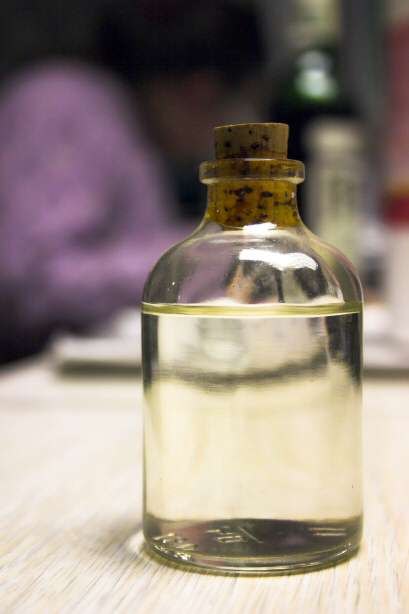What Is the APHA Color System?
The American Public Health Association (APHA) color scale — or the Hazen scale — is a color scale that was developed using the Hazen Color Index. The APHA scale is a way of interpreting water — white or near-colorless liquids — and measuring wastewater using gradient values of yellowness. It measures the yellowness in liquid based on dilutions of platinum-cobalt (PtCo) solution.
The APHA color scale ranges from 0 to 500, with 0 as distilled white water and 500 as distinctly yellow water. Higher-purity liquids have less yellow and lower PtCo concentrations. Samples can be visually compared to a yellow reference solution, but more accurate results are obtained from instrumentation technology.
The APHA scale assesses the quality of yellow-to-clear liquids to:
- Evaluate the purity of wastewater.
- Detect any traces of organic substances or other unwanted impurities.
- Assess pollution levels in wastewater.
- Determine product quality.
Though it was created in 1892 by the chemist A. Hazen for public water reserves, the APHA color scale was quickly adopted by other industries. Many applications involve using Hazen’s PtCo base measurement system to evaluate the purity, consistency, and safety of products. The APHA scale is also used to compare the intensity of yellow-tinted samples.
APHA Color Standards
The APHA color measurement method measures the yellow hue in liquids in comparison to a platinum cobalt reference solution. Often referred to as the platinum/cobalt color, APHA color, or Hazen color scale, this system is one of the most common standards for the color measurement of liquids. These standards have been refined through the International Organization for Standardization (ISO) to create precise guidelines for industrial applications. These new standards rely on spectral absorption measurement for calibration to the APHA color standards, which rely on advance spectrophotometric instrumentation. American Society of Testing and Materials (ASTM) also relies on APHA/Pt-Co/Hazen color scale for standardization and is referenced in many industrial applications as well.
Original liquid color standards used visual comparison to reference samples to the APHA/Pt-Co/Hazen color scale. These systems were primarily used as a “performance qualification check of the instrument prior to measuring liquid product samples, or to validate the instrumental-to-visual correlation.” New technology relies on advanced spectrophotometers to create an internal diagnostic standard for instrument performance verification. The ability to verify these standards with advanced spectrophotometry offers a diagnostic tool for measuring samples in relation to the APHA color scale, keeping these results precise and consistent every time.





